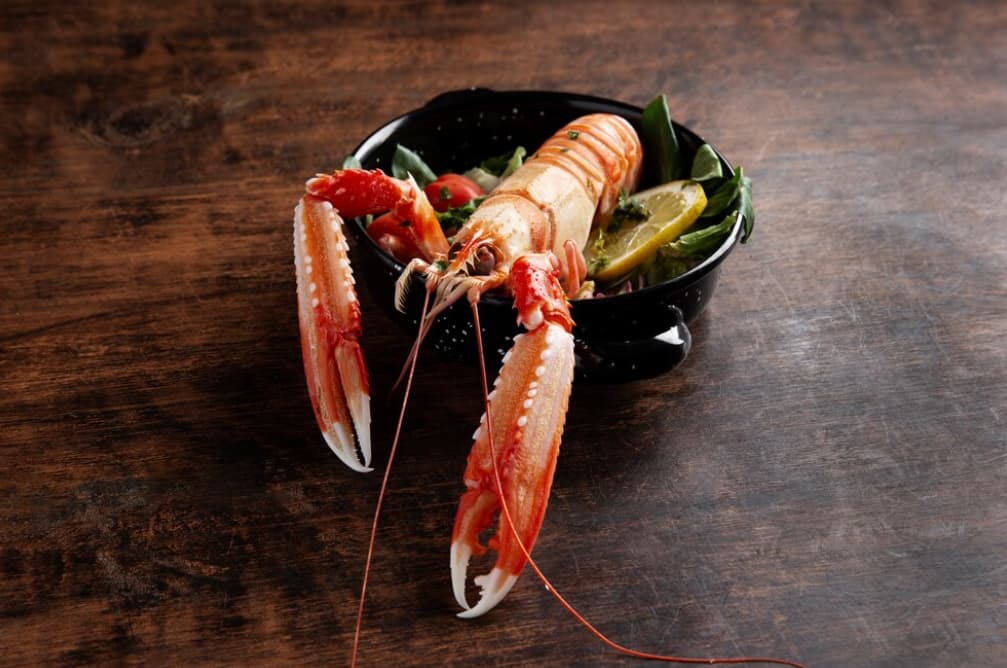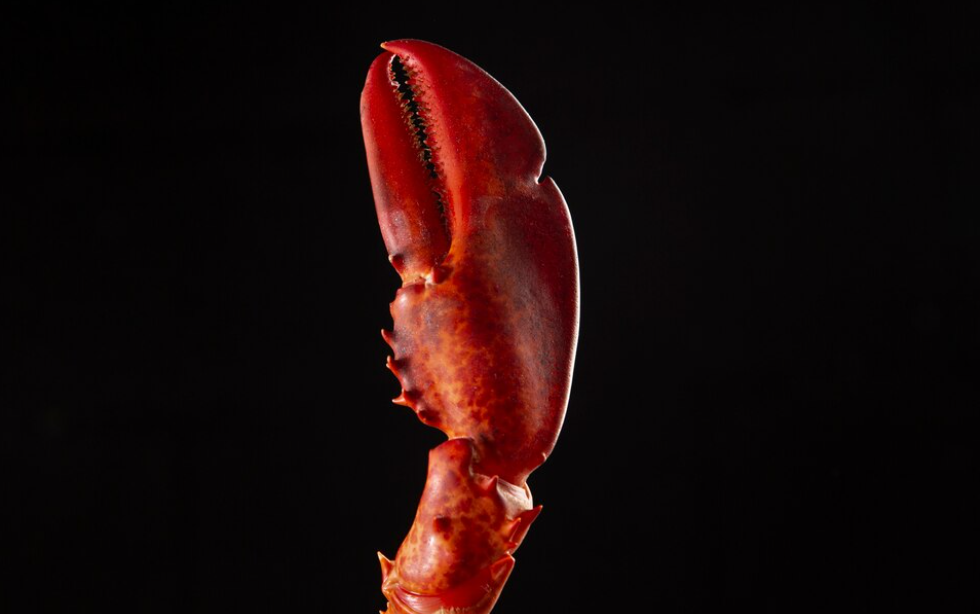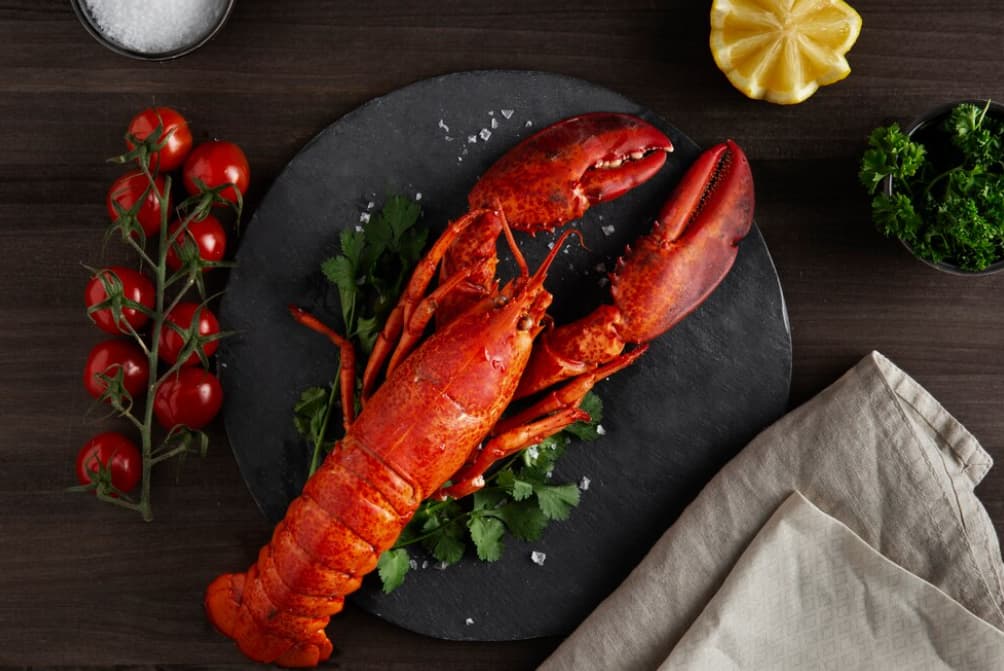Lobsters are a gourmet delight, and anyone who has had the pleasure of enjoying this seafood knows that the claws and tails offer notably different experiences in taste and texture. Such differences often spark conversations at dinner parties, with guests typically favoring one part of the lobster over the other. But what exactly sets them apart, and is there a preferred cooking method for each? In the following article, we will dissect the nuances between lobster claws and tails and provide insights on the best ways to prepare them.
If you’re interested in culinary topics, you may also like an article about the differences between fresh and dried sage.
Lobster: A Highly Esteemed Seafood Delight
Lobster enthusiasts often find themselves enamored with this luxurious seafood, thanks to the unique sweetness of its meat, a trait not commonly found in other marine fare. Lobster’s status as a deluxe treat makes it a staple at wedding feasts, celebrated for its universal appeal and its ability to satisfy a wide array of palates. While the cost of lobster can be steep—especially when imported and even in its native regions during off-peak seasons—its price is justifiable during the height of the lobster season. The varied pricing, influenced by the size and weight of the lobster, allows for a range of options to fit different budgets.
Flavors Shifting with the Fishing Locale

Connoisseurs of lobster often argue that the key distinction in flavor comes not from a comparison of claws to tails, but from the lobster’s place of origin. Those residing in Eastern Canada or the northeastern United States are privy to some of the world’s finest lobsters, offering an unparalleled taste experience. There’s a noticeable difference when sampling lobsters from various locales, with personal preferences often leaning towards one’s local catch. However, it is widely acknowledged by gourmands that Canadian lobsters boast a sweetness and tenderness that set them apart from their American counterparts.
Lobster Choices: Claws or Tails?
When it comes to enjoying a lobster, whether it’s from warm waters, also known as rock lobsters, you may find yourself pondering whether to indulge in lobster claws or lobster tails. The answer largely depends on personal preference, but let’s delve into the delicious details.
Rock lobsters, commonly found in the Caribbean Sea, don’t possess claws like their cold-water counterparts. Instead, they offer delectable tails that can rival the sweetness of lobster claws. Yet, there’s more to a lobster than just these two prominent parts.
While the tiny legs and the contents within the lobster’s body are edible, the tails and claws reign supreme in terms of ease and flavor. The debate between lobster aficionados typically divides into two camps. Those favoring claws appreciate their sweetness and tenderness, while tail enthusiasts argue that there’s more substance to savor, akin to meat. So, whether you lean towards claws or tails, a delightful lobster feast awaits your discerning palate.
Additional Reasons to Choose the Tail Over the Claws
Insights from a Lobster Specialist
Seeking expert advice is always a wise approach when navigating matters of personal preference. In our quest for answers, we turned to a seasoned lobster specialist hailing from the lobster-rich state of Maine, USA. This culinary connoisseur, well-versed in the art of preparing these crustacean delights, took our question seriously and requested time for contemplation.
Upon returning with his verdict, he shared that while he personally favored the superior taste of lobster claws, he found the texture less appealing. Consequently, he leaned towards the tail as a more intriguing option.
Cooking Techniques also Play a Role
Another factor influencing the preference for lobster tails lies in the versatility of cooking methods.
- Lobster claws primarily lend themselves to boiling or steaming, limiting their culinary options;
- Conversely, lobster tails can be found in various preparations such as broiling, grilling, or baking, making them accessible to a broader range of palates based on individual cooking preferences.
Price-to-Quantity Ratio for Lobster Parts
When reminiscing about your experience with a whole lobster, you might recall the noticeable contrast in weight between the empty claws and the unladen tail. The tail tends to be considerably lighter in this regard, and if you’re purchasing lobster parts by weight, as is often the case, opting for the tail proves to be a more cost-effective choice. By selecting the tail, you’re essentially paying for the delectable meat rather than the shell, whereas with the claws, the inverse principle holds true. It’s a practical decision that minimizes waste.

Considerations of Availability
While it may appear, at first glance, that lobsters with their two claws would be more abundant than tails, this is not necessarily the case. As previously mentioned, not all lobsters possess claws, especially the rock lobsters found in warmer waters. This distinction sheds light on why many individuals lean towards the tail as their preferred lobster part – simply because they lack access to the claws. Availability plays a significant role in shaping culinary preferences.
Conclusion
Whether the claw or the tail makes the best part of a lobster is a subject of personal preference, dictated by factors like taste, texture, cooking methods, and even the lobster’s geographical origin. However, with its health benefits and status as a gourmet delight, savoring lobster, in all its parts, remains an unrivaled culinary pleasure.
